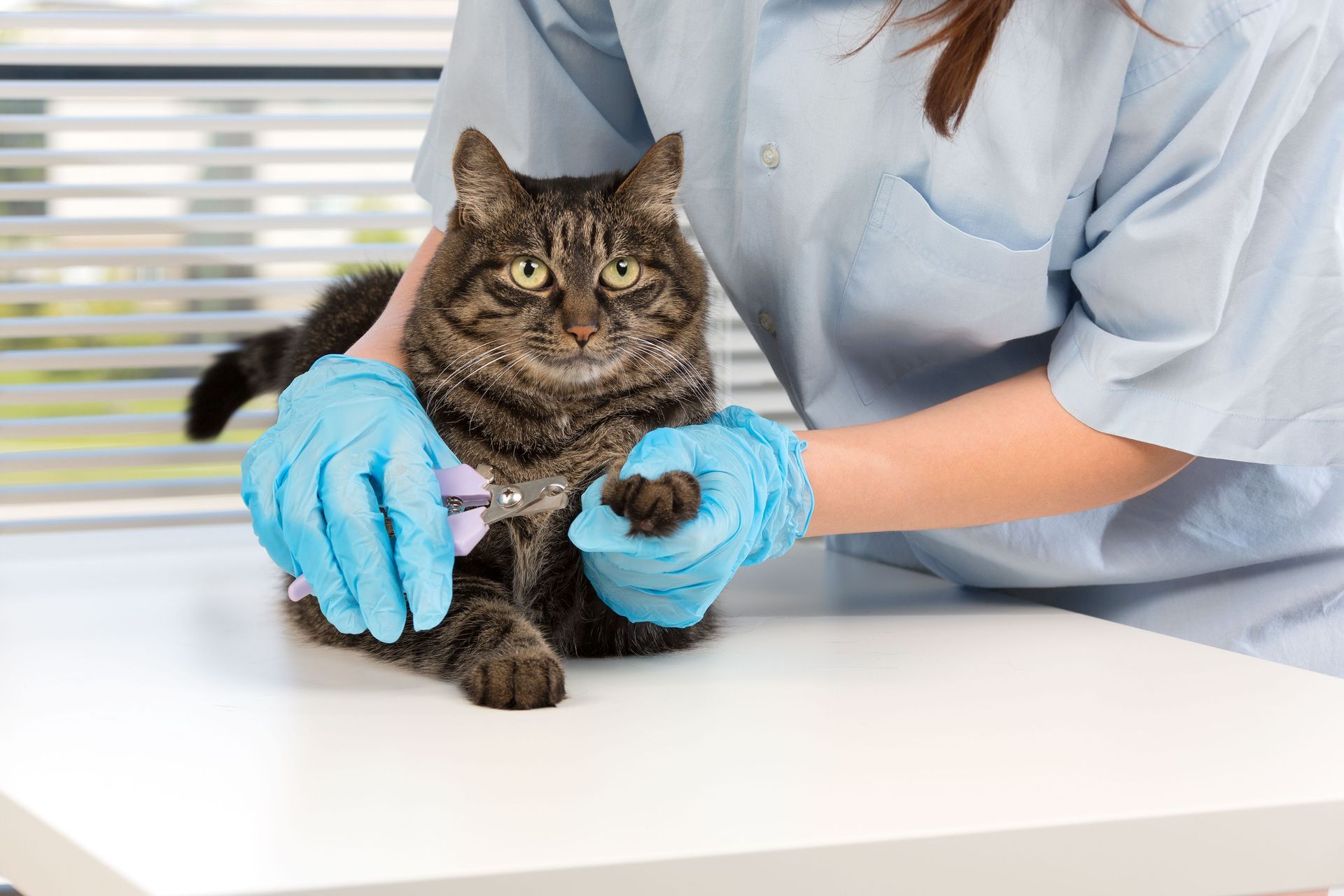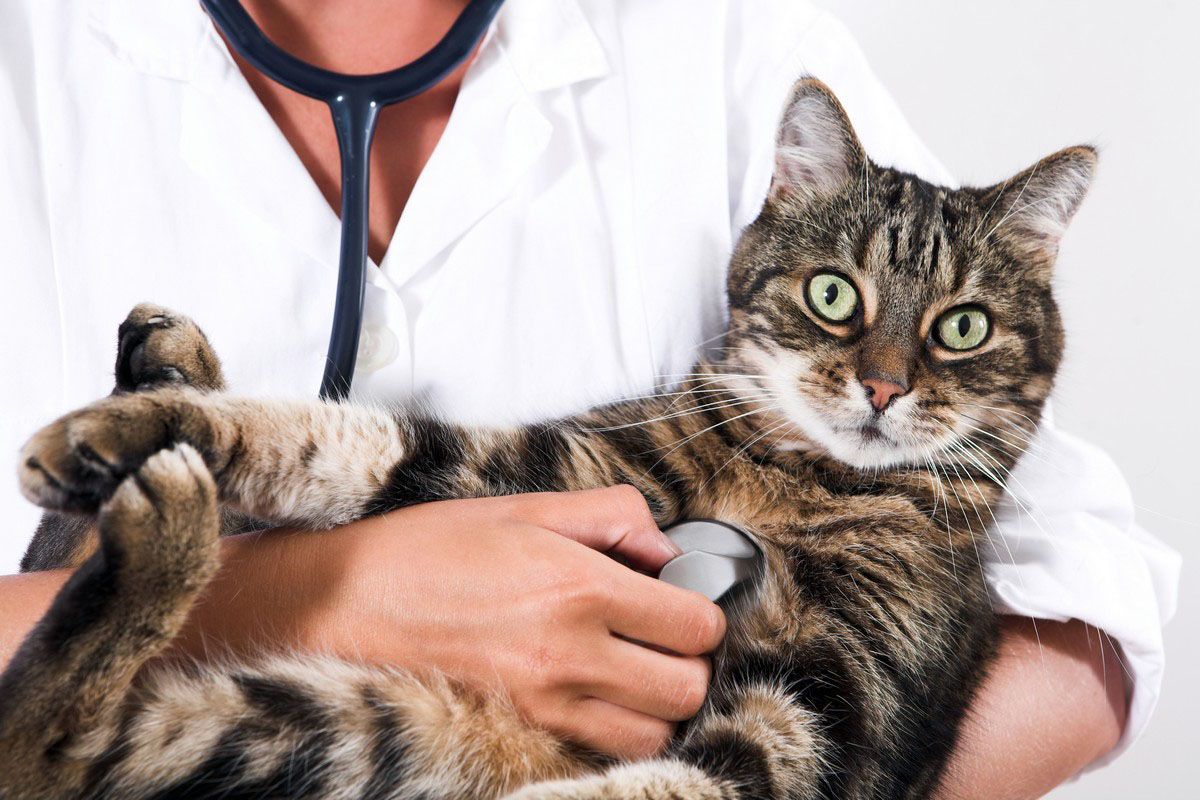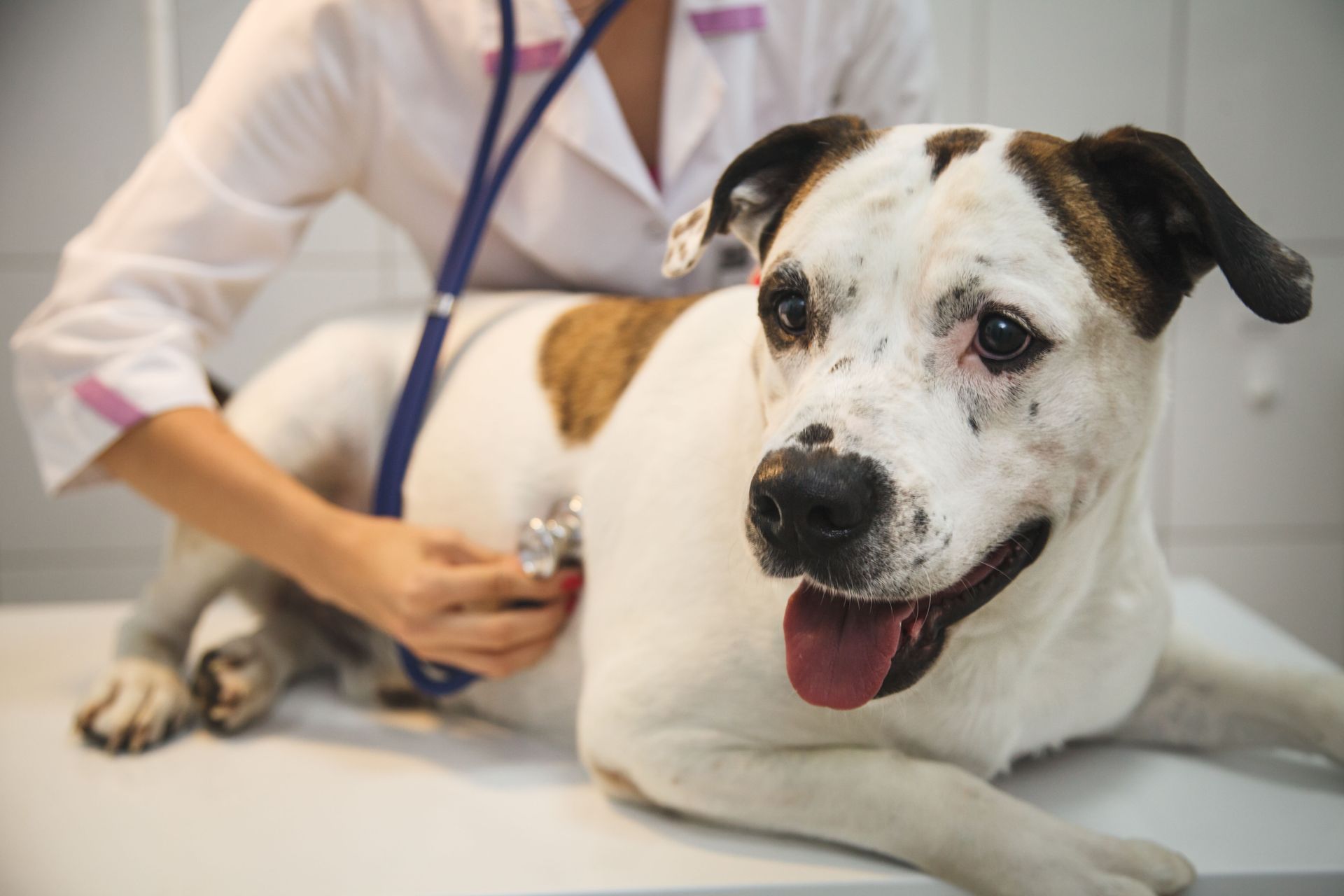How to Tell Your Pet Needs an Animal Physical Therapist
Pets are part of the family, so it hurts to see them in pain. Like humans, our puppies and kittens can give away telltale signs that they're in pain and need medical intervention. Here are seven ways you can tell it's time to make an appointment with your local animal physical therapist.
Difficulty Getting Up
Normally, our dogs and cats can quickly spring into action, especially when it's time to run or they hear the dinner bell. However, if you notice that your pet suddenly has a hard time getting up, there may be something wrong with their ligaments or feet. According to the Canine Journal, an injury to the neck, back, or head may cause such difficulty. You should also consider the dog's age or breed as it may be suffering from hip dysplasia.
Reluctant to Take Walks
While it's no surprise your cat may be reluctant to go on a walk as opposed to a daytime nap, dogs often live for their walks, especially if they have a chance to run. However, if your pup suddenly pulls back or doesn't move an inch when you bust out the leash, clearly something is wrong with their energy level or strength. They may have tendonitis, nerve problems, or degenerative joint disease (DJD), according to WebPt. Your local animal physical therapist knows how to come up with the right treatment based on the underlying cause.
Scared of Climbing Stairs
Have the sounds of your pet sprinting up and down the stairs been replaced with quiet? Stairs can pose a problem if your animal has issues bearing weight on their feet or bending their knees. Canines are susceptible to arthritis, especially very active breeds that run a great deal. Plus, as dogs and cats age, they may naturally struggle with stairs and may need to stay on a lower floor for comfort.
Crying
Animals may whimper for many reasons. Sure, they may cry to come inside or to beg for a treat from your human food. But why is your pet randomly crying in pain? Unfortunately, your animal may be physically sick. Their cries may be due to internal pain from cancer or organ failure. However, they may also have an injury that you haven't noticed yet. Check your pet for signs that it may have gotten into a fight with another animal outside. Maybe something like a thorn or nail is stuck on their paw. If so, a vet and animal physical therapist can work to get their paws healed and back on track.
Loss of Appetite
Most pets can't wait to eat and never turn down a treat. However, when a sudden loss of appetite occurs, it may be for physical or psychological reasons. If you have a new pet that had a former owner, they may have separation anxiety or be dealing with trauma from abuse. According to Wag Walking, your dog may also experience dental disease that makes eating uncomfortable.
Surgery
If your animal just had surgery, it may need assistance to aid its recovery, especially if it broke a bone or was the victim of a traumatic event that caused the need for surgery. An expert will be able to help nurse them back to health and return them to their normal, energetic personalities.
Diagnosis of Arthritis
Has your pet recently received a diagnosis of arthritis from your local vet? If so, the next visit should be to an animal physical therapist. To help your animal through this condition, the therapist may use techniques such as treadmill therapy, aqua therapy, and neuromuscular stimulation. The buoyancy of water can aid your animal in strengthening muscles and limbs just as it does for humans. Your pet may also benefit from laser therapy as a way to reduce the inflammation from arthritis.
Almost 70% of American families have a pet, according to the 2019-2020 National Pet Owners Survey conducted by the American Pet Products Association (APPA). These families may have to deal with their pets being in pain, sick, or injured. Thanks to the specialized help of an experienced animal physical therapist, your pet can have a better chance of making a full recovery from an injury, or at least living comfortably with chronic issues. If you're a pet owner and are concerned about your cat or dog, contact West Toledo Animal Hospital today for an appointment.

















Share On: